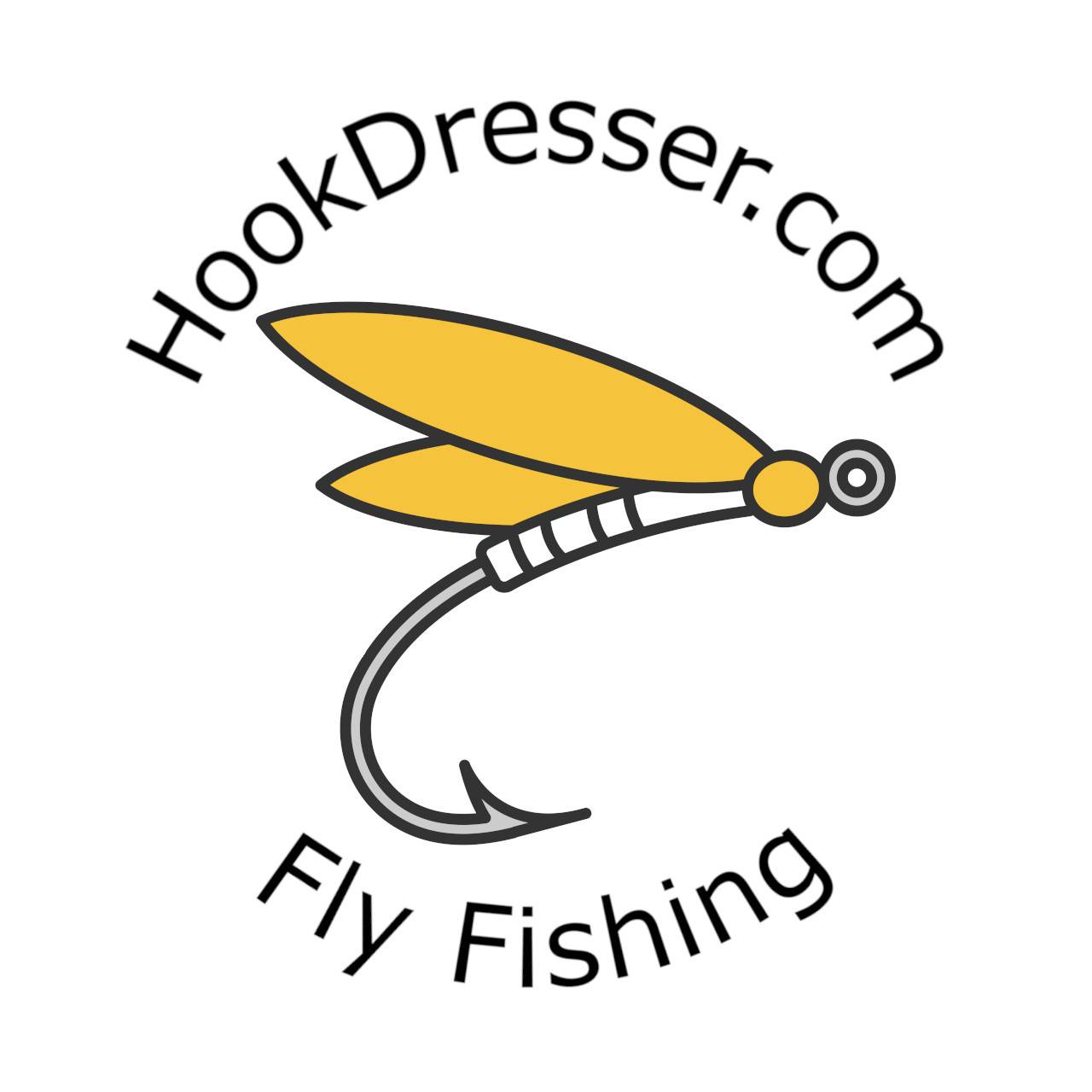Fly Tying
How to Use Yarn in Fly Tying | Wool, Acrylic, Regular & Cotton
You might be wondering why you should use yarn for fly tying. You might have walked past some balls of yarn or seen your wife’s yarn and, if you are anything like me, wondered how you could incorporate it into your fly patterns. In this article I will cover how you can use wool and […]
Read MoreWhat Is Chenille Used for in Fly Tying? | Substitutes, Flies & Types
Are you wondering what chenille is used for in fly tying? In this guide to chenille I will outline the uses of chenille in fly tying, which flies use chenille and what materials you can use as a substitute for chenille. Chenille is a fly tying material gaining popularity among fly tiers. It is a […]
Read MoreHare’s Ear vs Pheasant Tail Nymph Flies | What’s the Difference?
Are you wondering what the difference between a hare’s ear nymph and a pheasant tail nymph is? Perhaps, you are wondering when you should be fishing with a hare’s ear nymph rather than a PTN. During the spring and summer months, nymph larva grow and undergo the process of metamorphosis. Nymphs make up an important […]
Read MoreHow to Tie a Rainbow Warrior Fly | Pattern, Color, Size, Imitation
The Rainbow Warrior fly pattern is a deadly nymph pattern. It’s bold colors make it a great attractor pattern even the most picky of trout cannot ignore. This pattern is sure to awaken the trout’s hunting instinct and provoke a bite. The Rainbow Warrior was invented by Lance Egan. The Rainbow Warrior is an easy […]
Read MoreHow to Tie a Sally Stimulator Fly? | Pattern, Color, Size, Imitation & Recipe
The Yellow Sally Stimulator is a stimulator fly pattern representing a gold stonefly or yellow sally. Stimulator flies, also known as attractors, are one of the best flies to use in the summer. They also work well during the months of spring as insects begin to hatch. Stimulator flies are great for bringing fish to […]
Read MoreHow to Tie a San Juan Worm Fly Pattern | Color, Size, Imitation
The San Juan Worm is a fly every fly fishermen should familiarize himself with. Despite its simplicity and unappealing look, the San Juan Worm is a deadly fly that will catch fish and should occupy a space in every fly box. The San Juan Worm is also a great fly for beginners to tie as […]
Read MoreMost Common Fly Tying Materials for Tying Trout Flies
When you get started tying flies, you will want to collect common materials used in the art of fly tying. This will enable you to tie several patterns with the basic fly materials you have purchased. Regardless of whether you have bought a fly tying kit or you have put your own together, there are […]
Read MoreHow to Tie Pheasant Tail Nymphs: A Guide to Fishing, Imitations & Patterns
The pheasant tail nymph is one of the trout fly fishing patterns that most closely resembles the insect larvae that trout feed on. Ever since its introduction to the world of fly fishing in the late 1950s, the pheasant tail nymph has caused a storm. It quickly gained popularity with fly fishermen globally. When fly […]
Read MoreWhat is a Biot? | How to Use Goose & Turkey Biots for Tying Flies
Goose and turkey biots are commonly used materials in fly tying. They are typically found in nymph flies where they are used as tails and in stonefly imitation patterns where they are used as antennae. If you are just getting started in fly tying, it is important to learn how to use goose or turkey […]
Read MoreShould You Buy a Fly Tying Kit? (Don’t, Find Out Why Here)
I started tied my first fly when I was 4 years old. The fly was not a pretty, nor would it catch any fish as the point of the hook had been cut off, but it got me started tying flies. Over the years I was able to make use vises, tools and materials than […]
Read More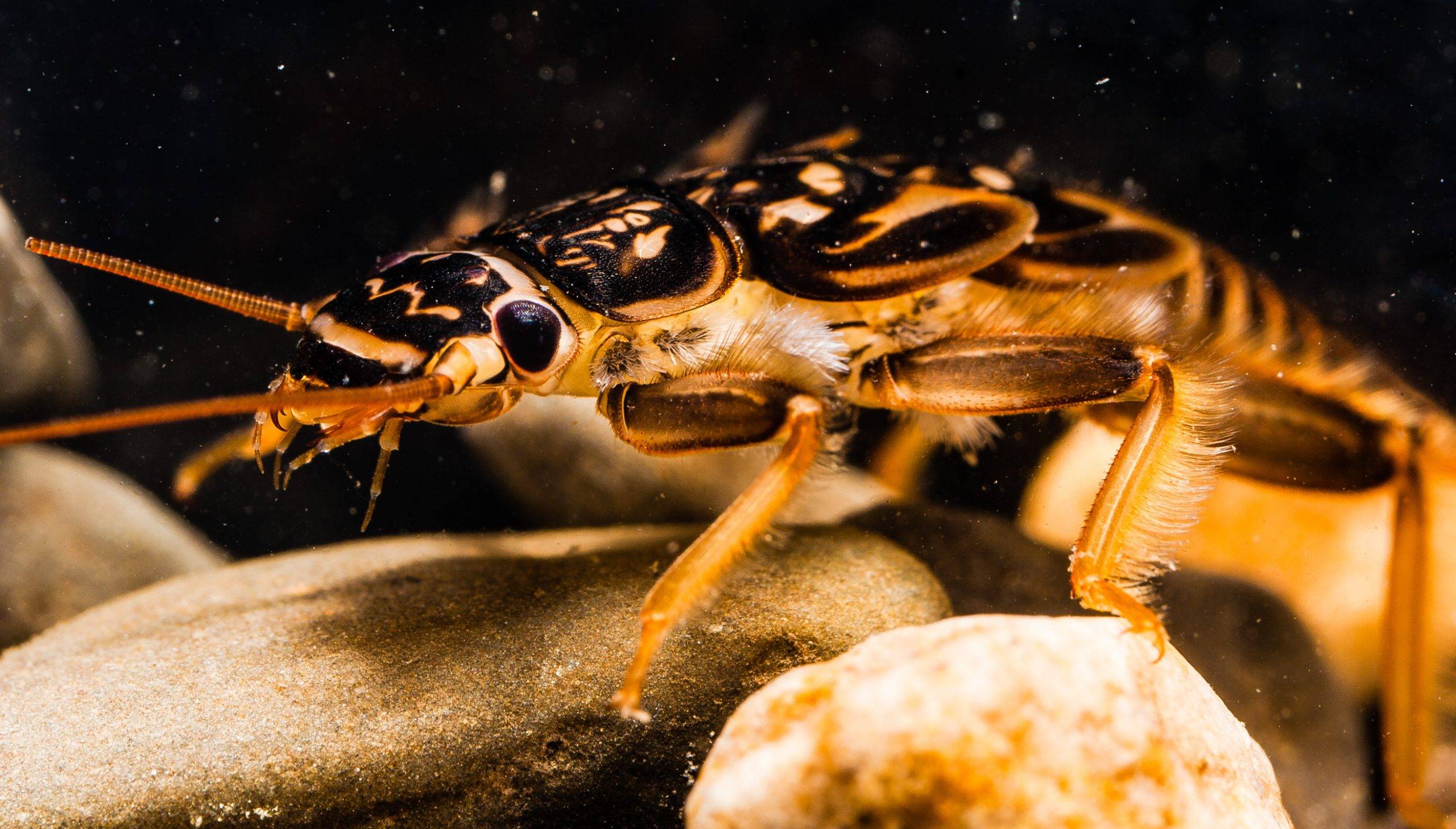
What is a Nymph Fly | Patterns, Fishing, Life Cycle & More
A fly box is like a toolbox, every fly carries out a different role for the fishing task at hand. Your fly box should have several different patterns imitating the different species of fish prey found in the waters you are fishing in. A fly box should have dry flies, streamers, lures, and nymphs to […]
Read More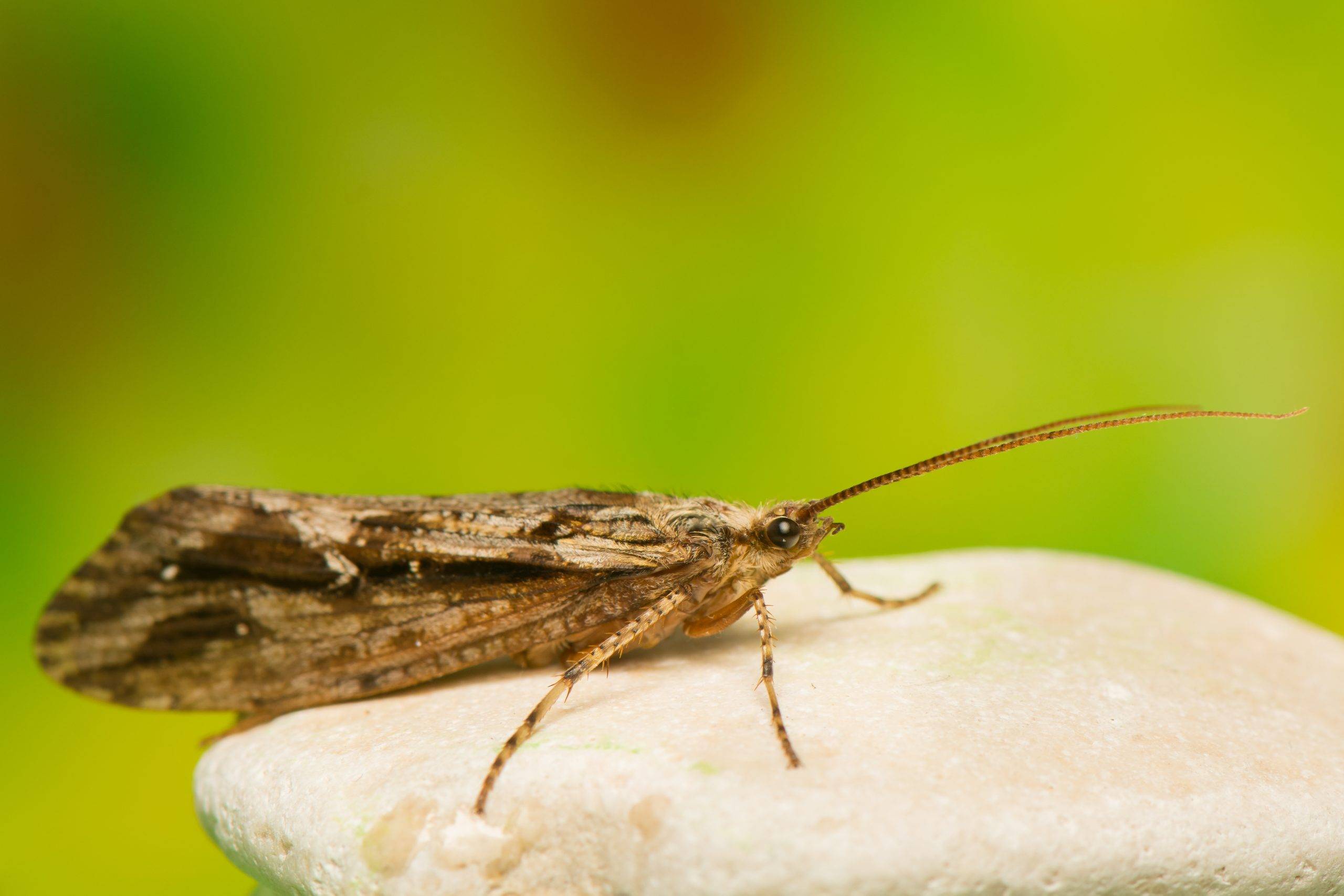
Guide to Sedge & Caddis Flies | Patterns, Fishing, Life Cycle & More
The caddis fly, also known as a sedge, is a somewhat large aquatic insect that provide trout with an excellent source of protein. Trout feed on caddis fly at all stages of the insect’s life cycle from the larval stage, pupal, emergence and as a winged adult. Therefore, becoming acquainted with this insect is important […]
Read More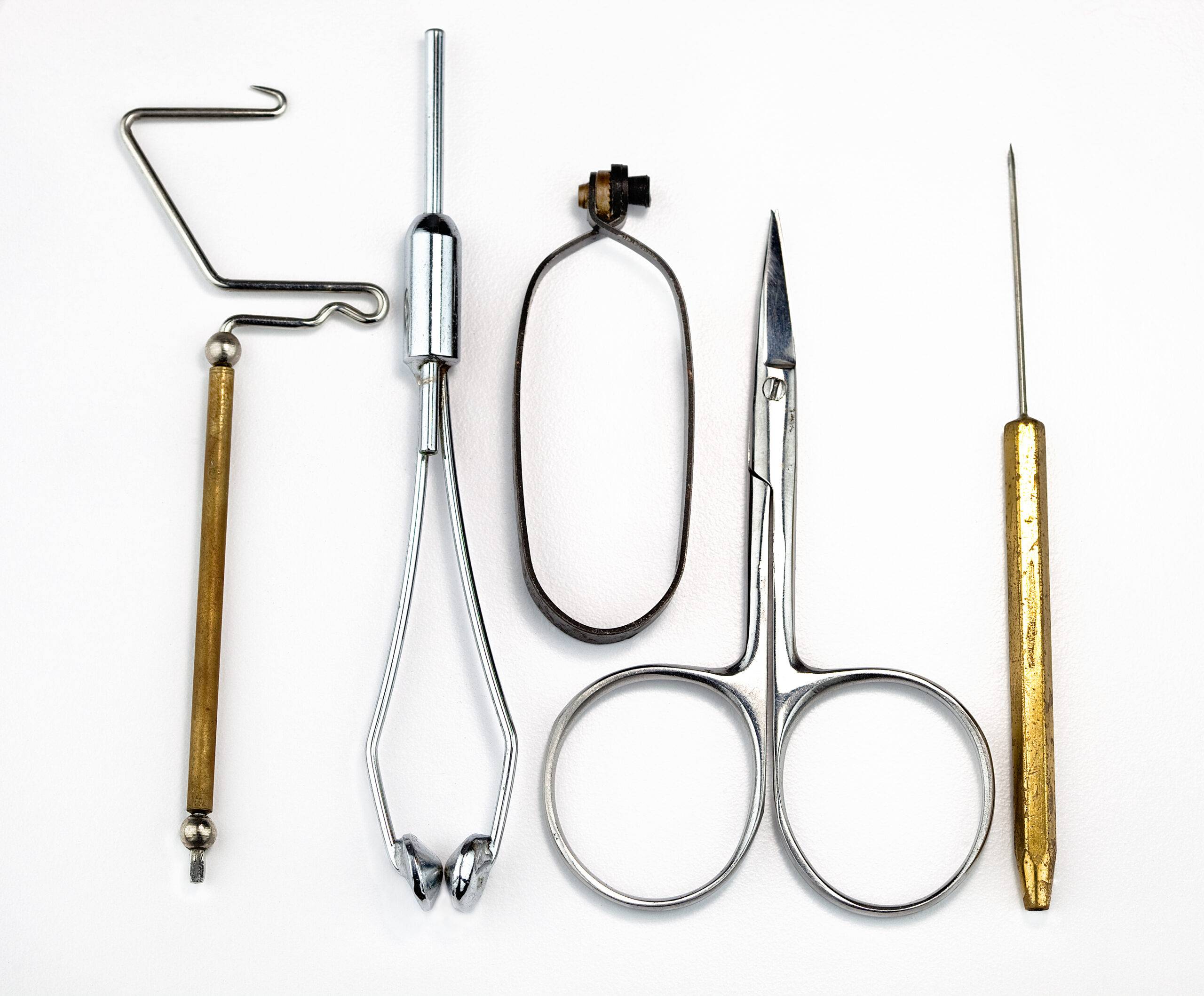
Guide to Fly Tying Tools: What Do They Do, Which Do You Need?
As you progress in fly fishing, there will come a point where you begin to wonder “should I start fly tying?” Catching a fish on a fly you have tied yourself is one of the most rewarding aspects of fly tying. While every fish you catch will be a thrill, one of the greatest pleasures […]
Read More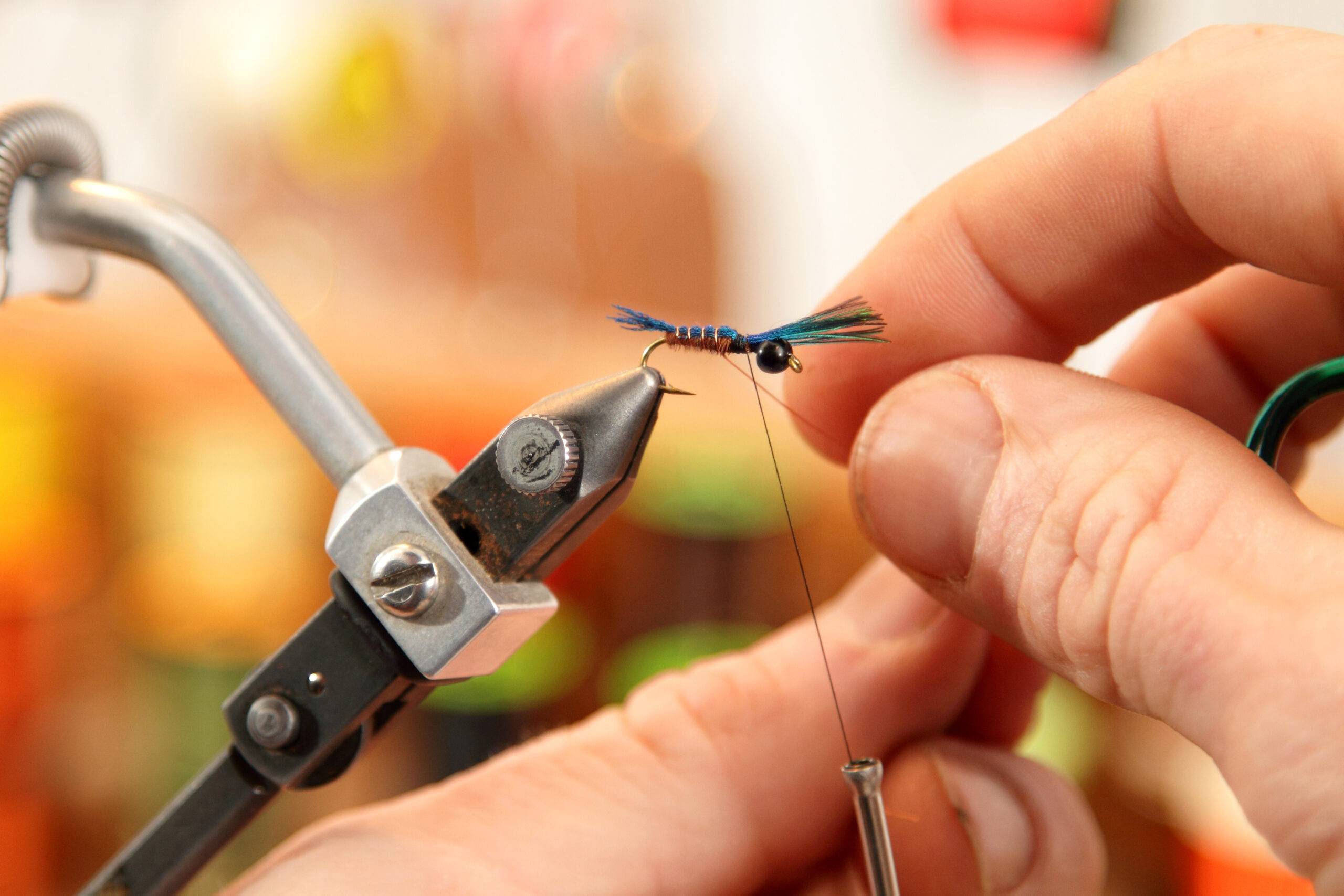
Complete Guide to Choosing a Fly Tying Vise for Beginners
With so many fly vises on the market and pricing options available, choosing the right vise can be a difficult task. Navigating these waters can be even more of a challenge if you are purchasing your first vice. If you are purchasing your first fly tying vice, you should not purchase the cheapest fly tying […]
Read More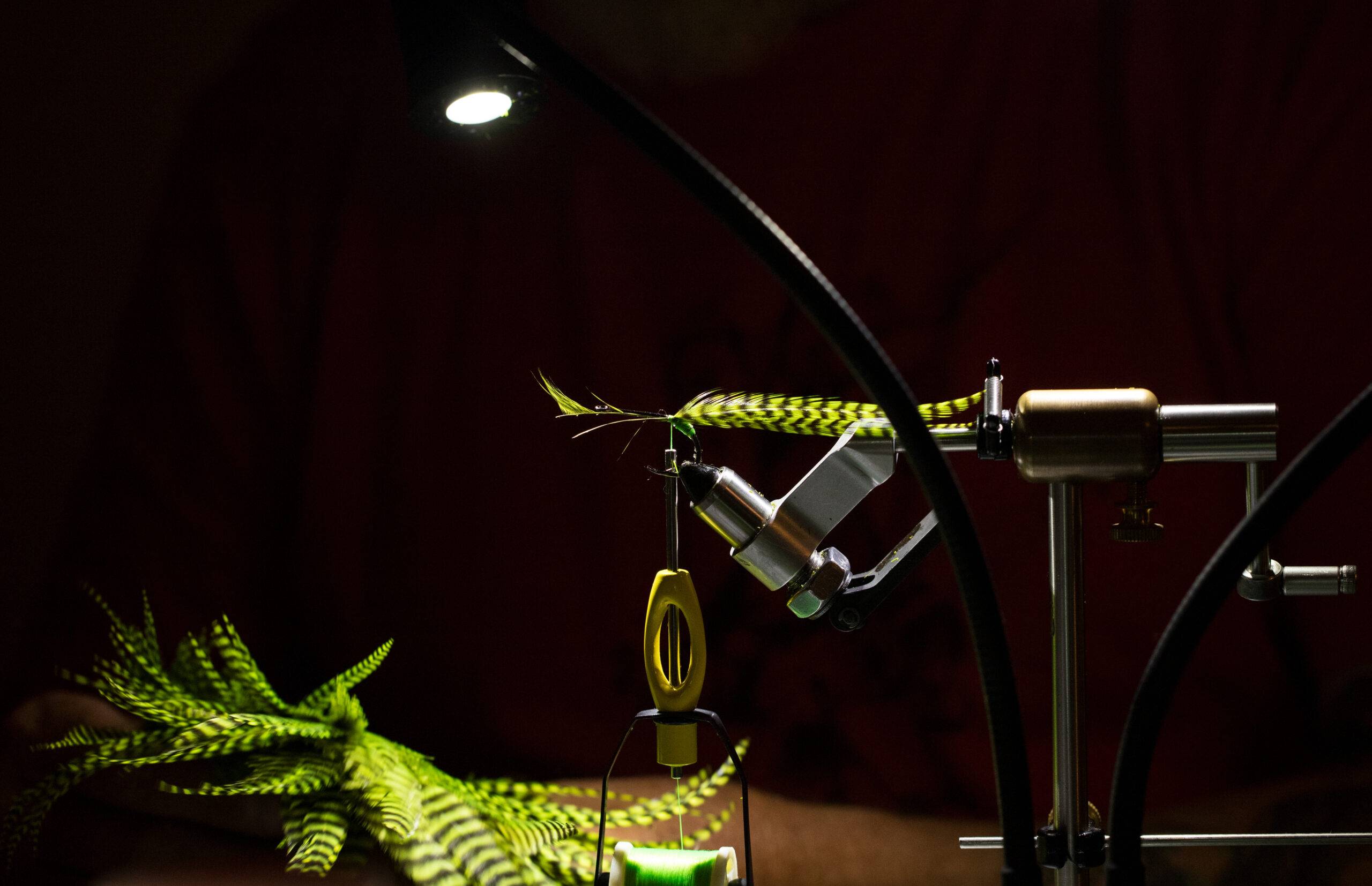
Complete Beginners Guide to Getting Started Fly Tying the Right Way
If you are a fly fisherman, fly tying is a worthwhile hobby to pursue. Especially in the winter months when the winter is gloomy and the fish are feeding less. Tying your own flies at home can be a great way to prepare for the fishing season ahead. In this article we will outline the […]
Read More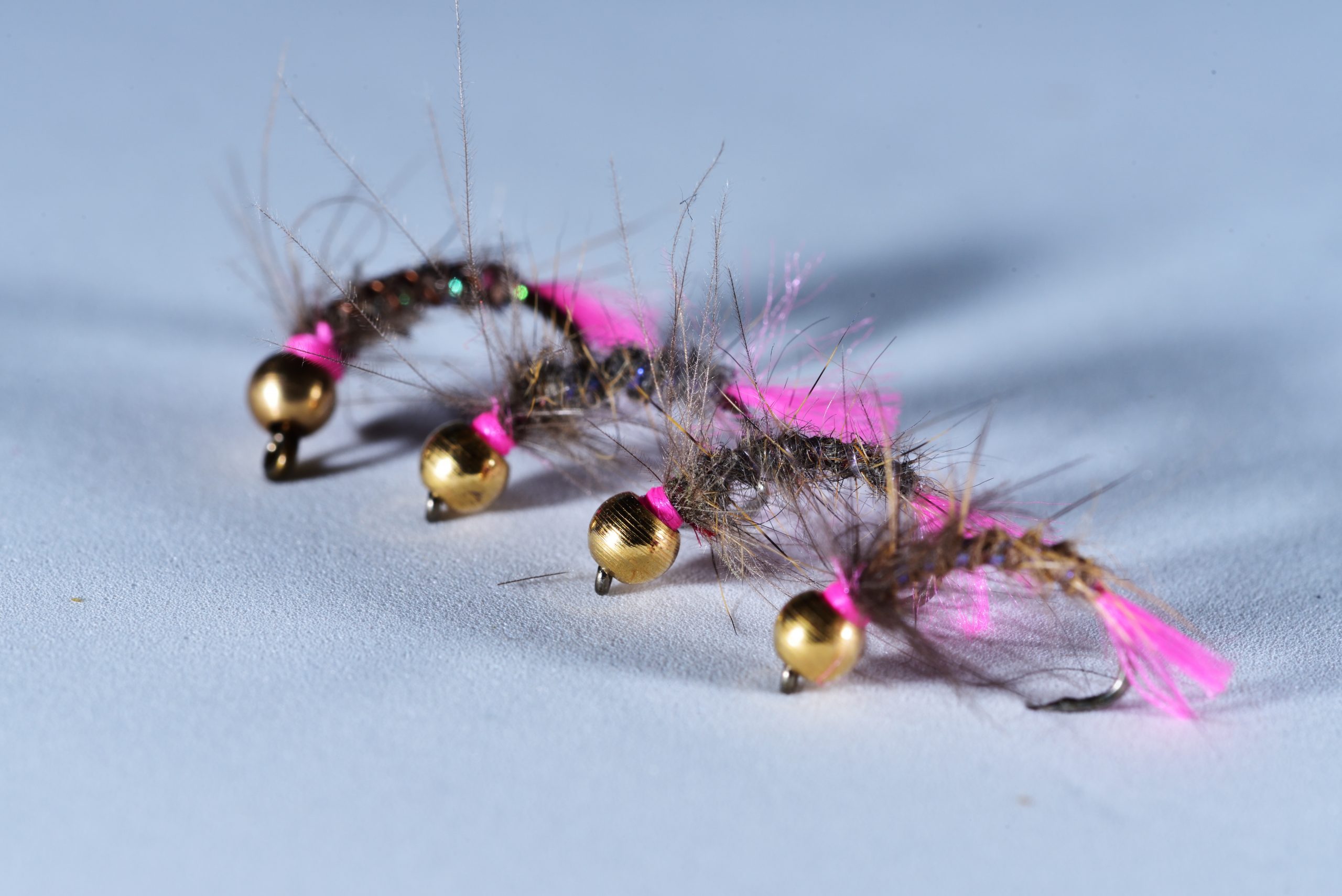
Is Fly Tying Worth it? (Yes, Here’s Why!)
One of the first questions someone considering fly tying will have is whether or not fly tying is even worth starting as a hobby. This question is very easy to answer and it depends very much on the individual and their motivation for getting started in flying. While the initial start up costs of fly […]
Read More